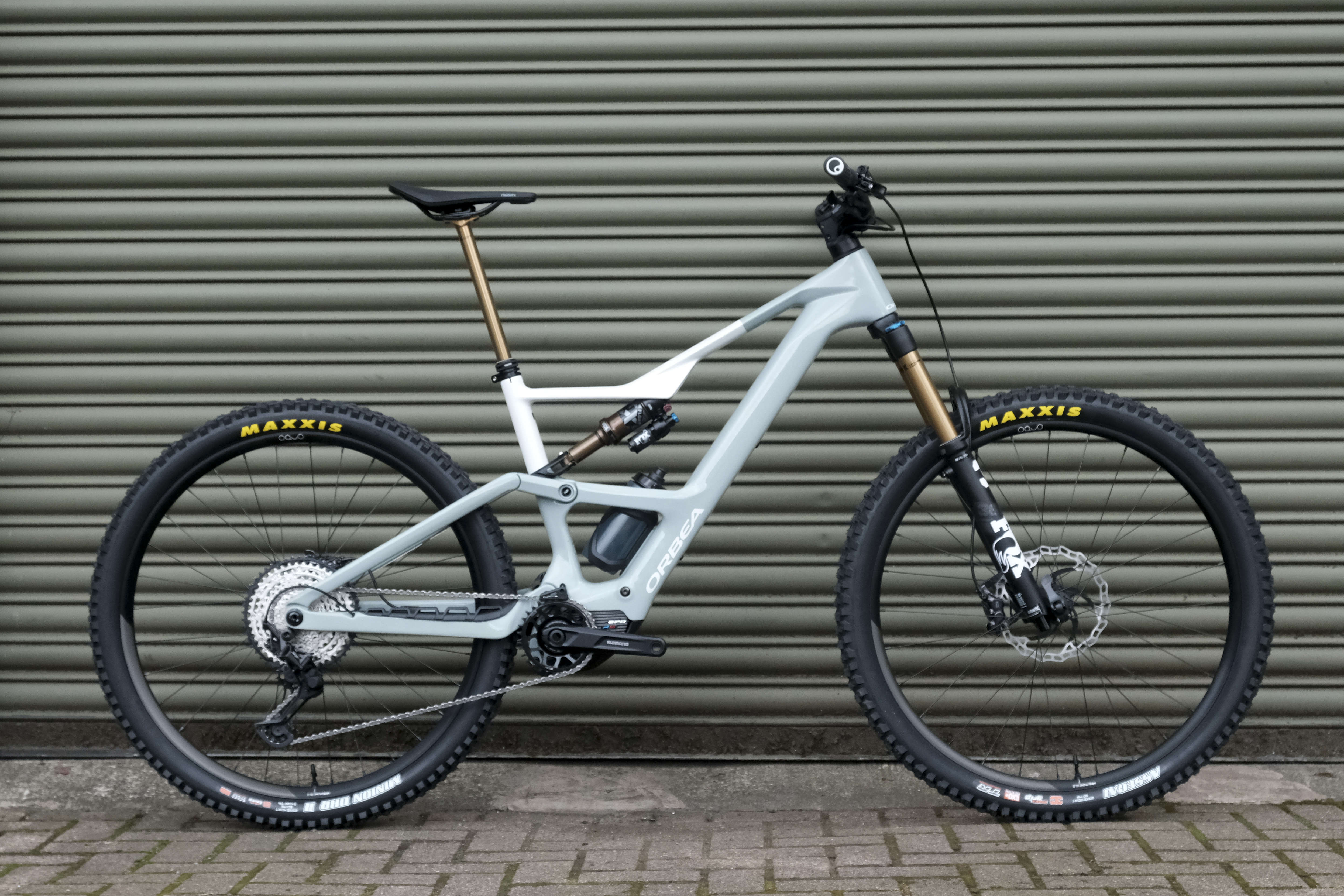The Orbea Rise LT M10 may have a full-fat motor but it’s still the lean, mean, mile-munching mid-power machine that it always was.
- Brand: Orbea
- Product: Rise LT M10
- From: Orbea
- Price: £7,599
- Tested by: Benji for 4 months
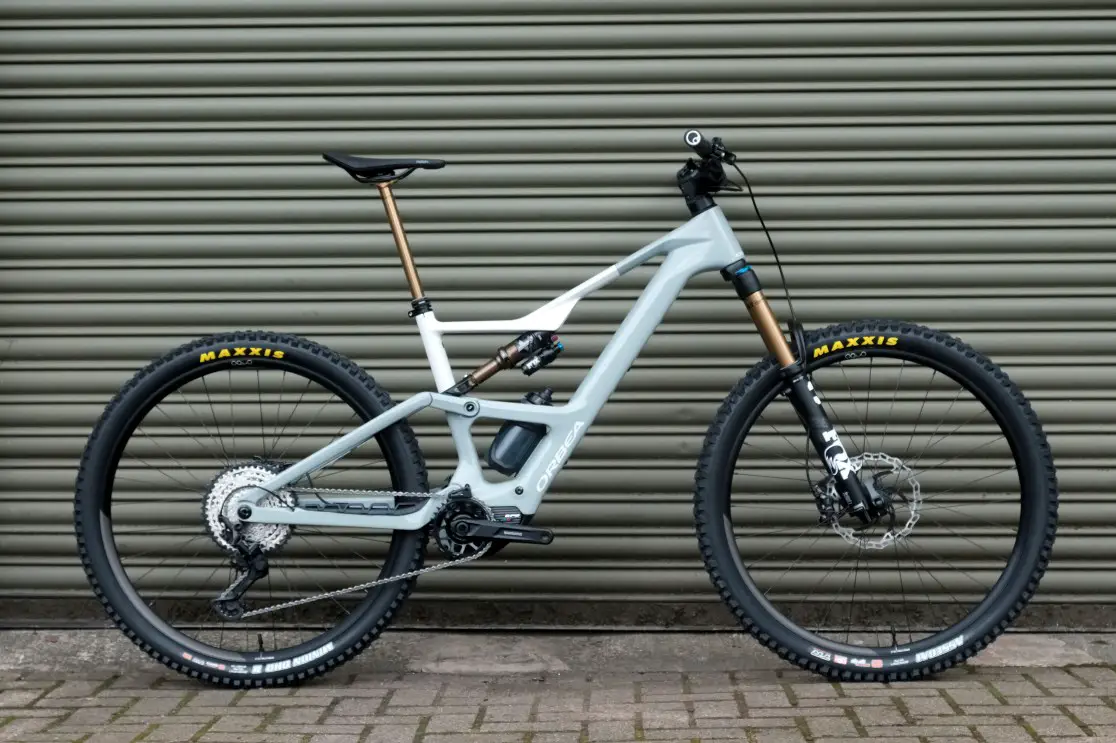
Pros
- Perhaps the most engaging ebike currently available
- Super responsive
- Excellent geometry
Cons
- Not very interested in pootling
- May not be the bike you expect it to be from the Nm/Watt numbers
- Thru-headset routing
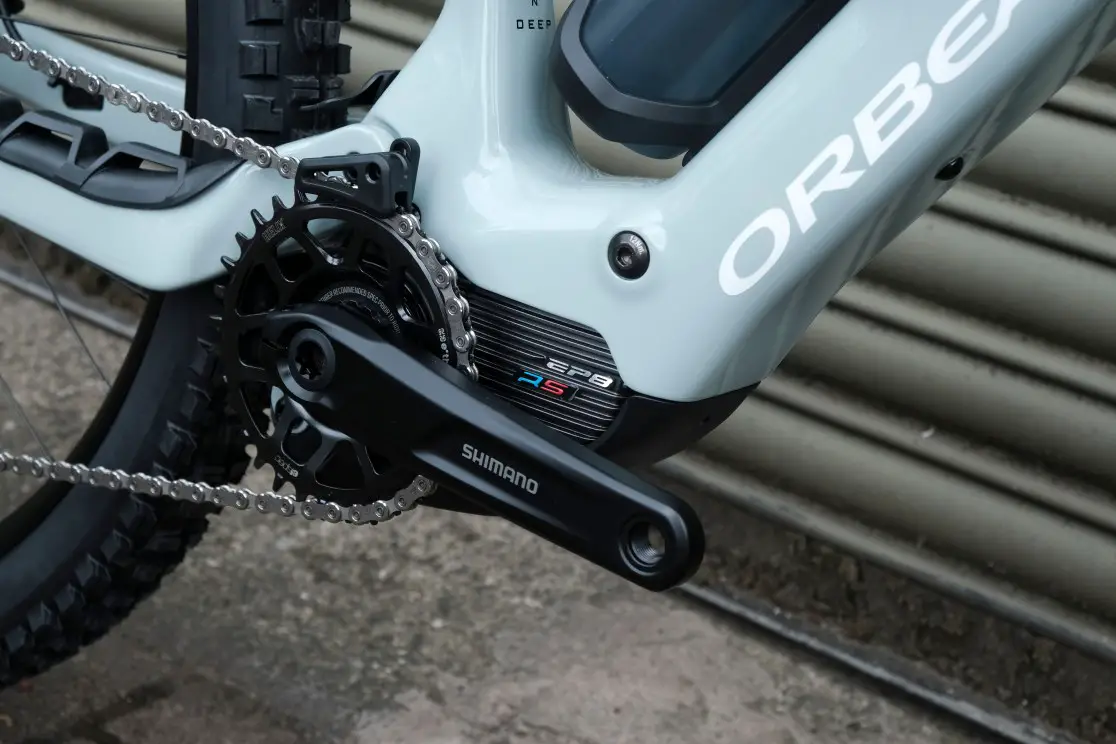
Arguably the Mummy of Midpower, the original Orbea Rise models were pretty much the benchmark that a whole swathe of folk judged any other not-full-power-not-SL eMTBs by. Much like the biobike Orbea Occams that we featured earlier this year, the Orbea Rise has been slpit into two model guises: LT and SL. The SL has less travel and generally less grrr parts. We have the LT version in. Because why wouldn’t you?
The frame of the Rise LT M10 is carbon (Orbea call it OMR carbon). Although the frame looks relatively slender, the shaping and general struts-n-stuff construction definitely results in a frame that prizes stiffness. Aesthetically, the Rise remains one of the prettier ebikes out there. Which is a big reason why it is so popular with experienced ‘traditional’ MTBers.
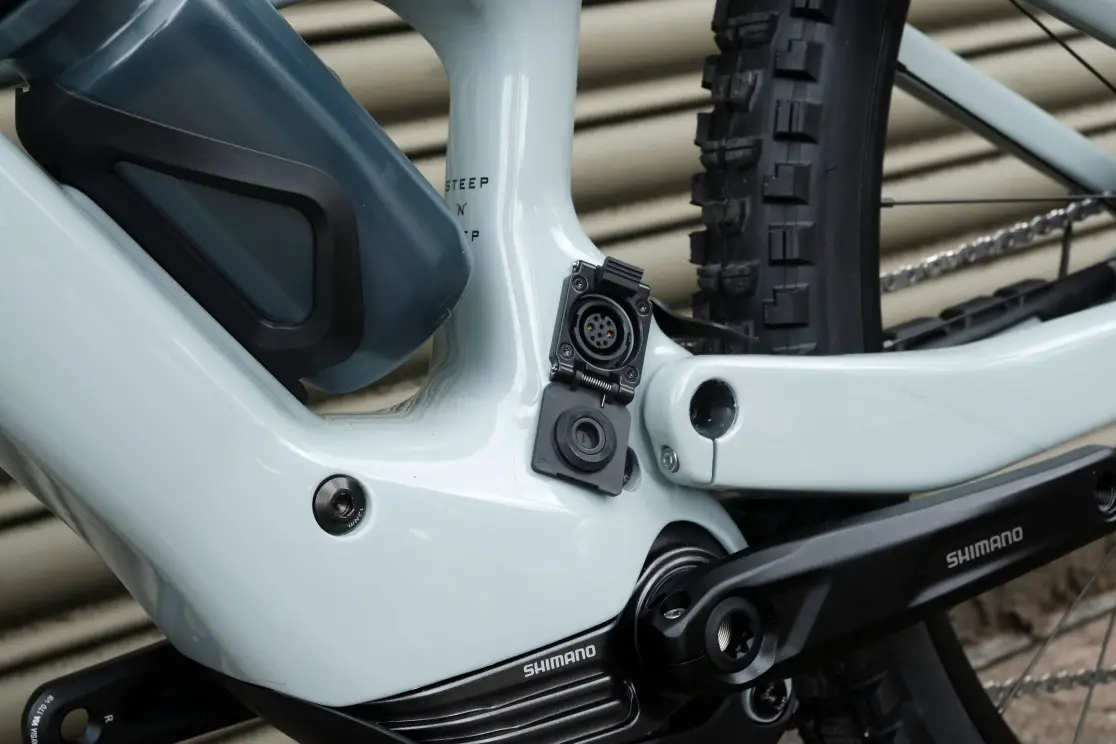
There is room for a water bottle. Although it’s only accessible from the lefthand side. And the bottle zone is also where the range extender battery goes should you get one, so it’s bumback or backpack if you’re piggybacking power. Which is fine really isn’t it?
What’s also fine is the seat tube. Not only is it nice and short (460mm on this XL), it’s also straight and unencumbered by pivots etc for almost its entire length. Which means big droppers are fine.
What isn’t so nice is the cable routing. And the stem. Maybe you like cabling to go through the headset. Maybe you like bespoke stems and spacers that can’t easily be changed. Maybe you are mentally ill. Regardless, we’d strongly recommend thinking very hard about your stem length and bar rise options before ordering a Rise LT (it is possible to select these things beforehand). Especially if you’re on a L or XL size. For the purposes of this test, I carried out an ugly hack so I could run a shorter (35mm) stem and a higher rise (40mm) bar.
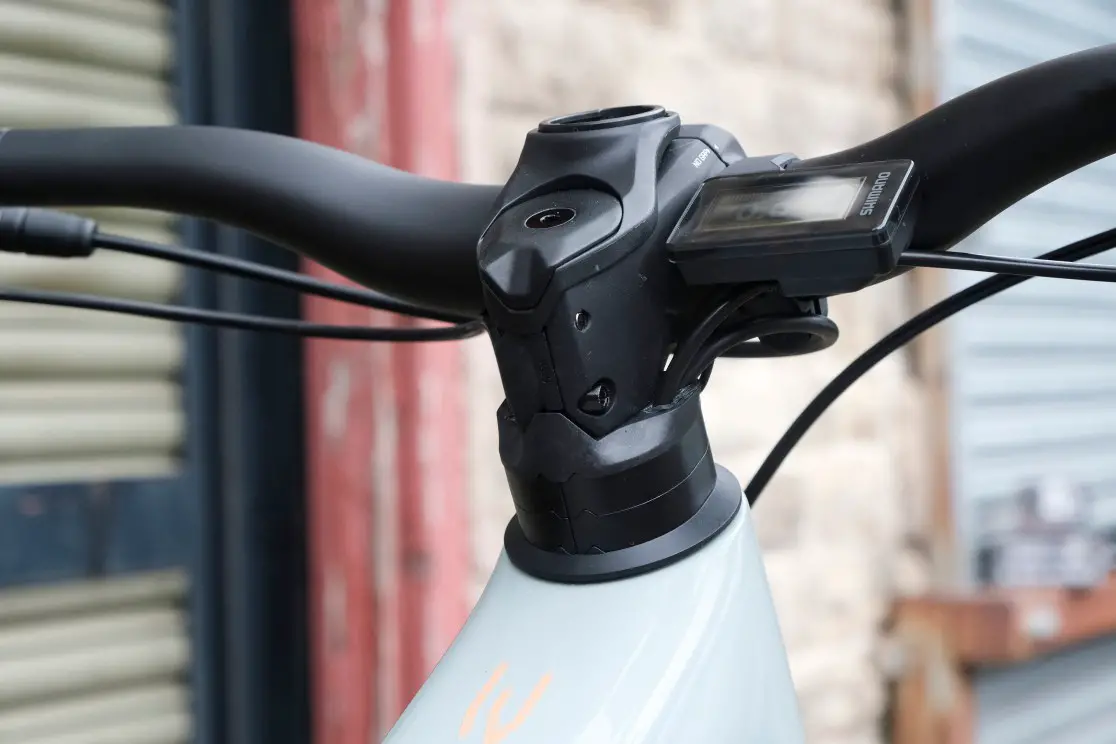
In terms of geometry the Orbea Rise LT is on to a winner. Not only because of the aforementioned seat tube and resulting acres of dropper drop and standover, but also because of the principal angles. The head angle is 64°. The seat angle is 77°. That is a fine pairing. The reach is pretty generous; which is especially nice on the L and XL sizes because when running higher rise bars (which you probably will end up doing so due to low stack height) it does eat into your reach number slightly. The chainstays aren’t long – at 442mm – but that seat angle and forward-favouring reach, not to mention the supportive rear suspension too, all work to make a better climber than you may think.
Yes, I did try the Rise LT is its High geometry setting. But only for one ride. It didn’t handle better anywhere. Sure, there were a few less pedal strikes but not enough to be worth it. You could always run thin flat pedals to help. On a related note, the crank length is 170mm. That’s a bit an oversight in my opinion. 165mm is the absolute longest crank length that should be on an ebike (or any bike for that matter).
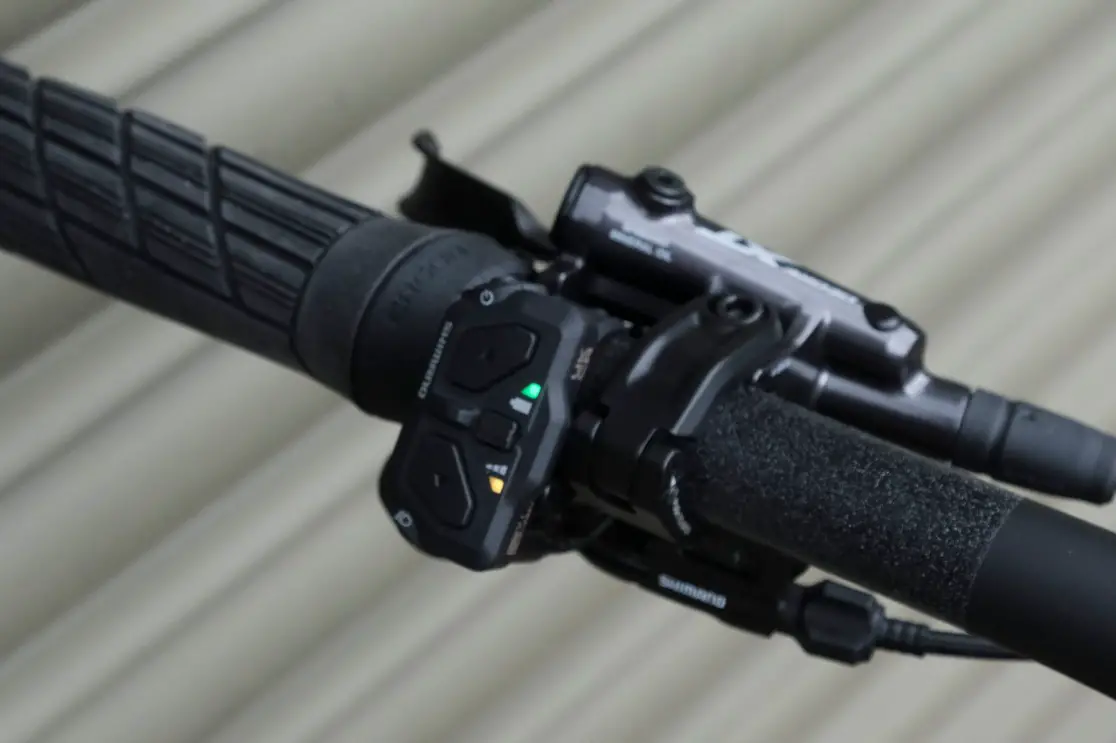
In terms of rear suspension, the Orbea Rise LT unsurprisingly follows the themes and priorities of its unassisted sibling, the Orbea Occam LT. Essentially it’s a rather firm feeling back end. Not exactly in a harsh way. It’s more of a racey, sporty, rally car vibe. It certainly gives you a proper amount of travel – the o-ring confirms such – and it certainly gets a decent amount of traction. It’s traction in more of the ‘digging in’ sense as opposed to ‘adhering to’. The GripX damped Fox 36 fork behaves similarly actually.
Now then, motor and battery.
The motor is basically a Shimano EP-801. So yes, it can give out up to 85Nm of torque and has a peak power of around 600 watts. Orbea’s ‘RS’ tune is just a software tune. And you can still opt to run it in ‘RS’ (which limits torque to 56Nm etc and gives out the most at 70-90rpm cadence). Or you can (via the display and remote control) opt to run ‘RS+’ tune which unlocks the access to top end assist (and at much lower cadence of 30-50rpm). Orbea say that this ‘RS+’ tune isn’t quite the same as a standard EP-801, it’s been tweaked by Shimano and Orbea predominantly to extend battery life.
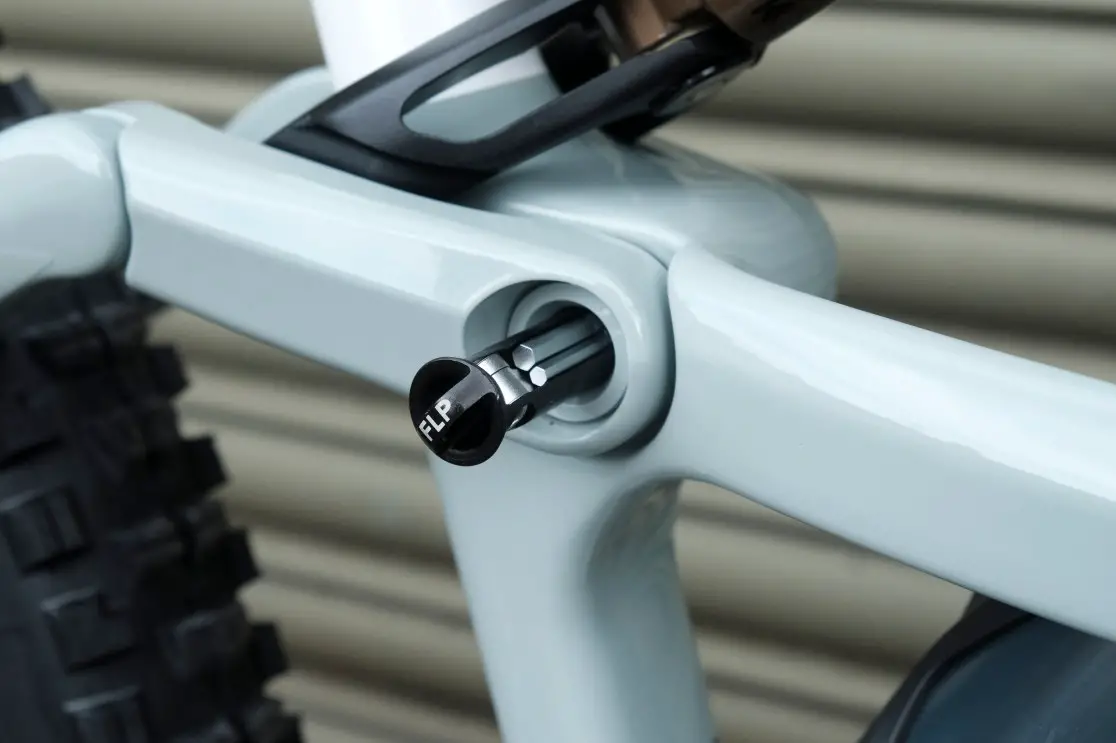
Despite these custom tunes, the Shimano EP-801 still feels like the most natural and unobtrusive of motors. You don’t really need to ‘learn’ the EP-801. It feels like it’s working in synergy with your inputs. Sure, coming from a Bosch or a Yamaha motor, the EP-801 feels a bit underpowered or slow-to-respond but if you’re not coming from another motor, you don’t miss what you never had and you work with what you’ve got, which is a nice-feeling helper that totally suits the midpower ethic.
Hang on a mo. Is the Orbea Rise still midpower? Although the bike ships in its software-restricted ‘RS’ mode (with a maximum of 60Nm of torque) the new Gen 2 version of the Shimano EP801 RS can be set to kick out the full 85Nm (it doesn’t even seem to require Street Fighter II SNES style up-down-left-right-start-and-A combo moves to unlock it). I guess we can compare it to the Cannondale Moterra SL.
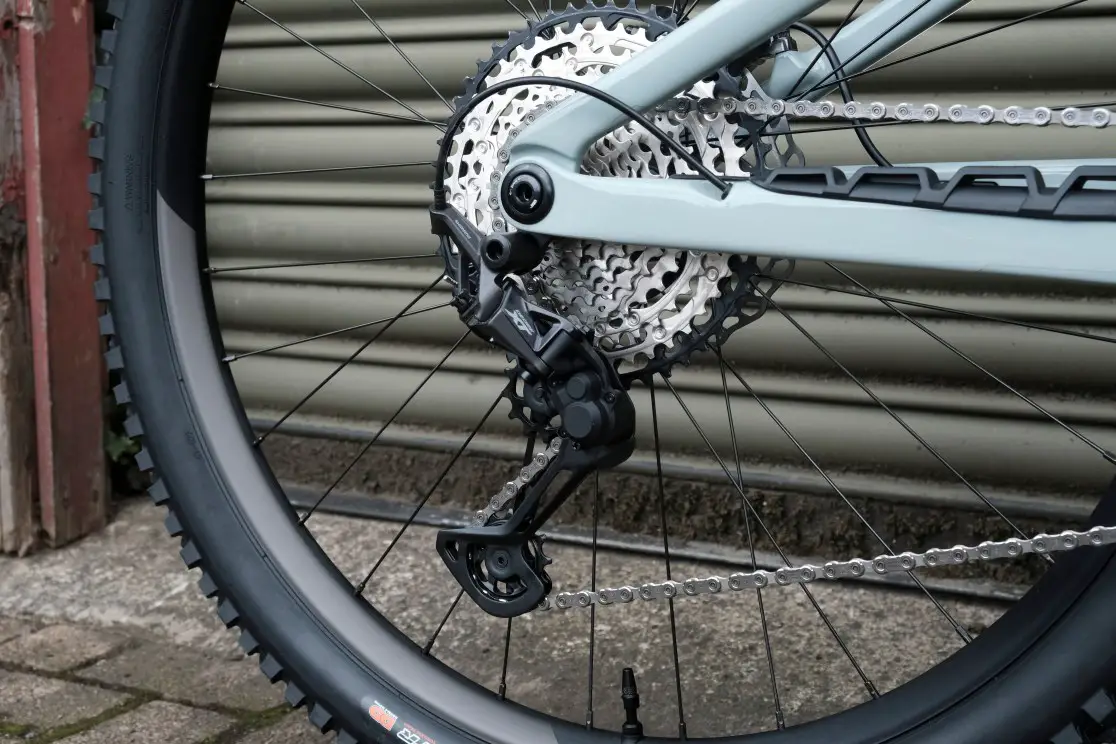
To our minds, the Rise is still a midpower ebike. Especially if you get it – as we did – with the smaller 420Wh battery (which weighs 1.96kg compared to the 630Wh battery’s 2.88kg). Why is the Rise LT still midpower? It’s kinda hard to explain. It just makes more sense on the trail when it’s mostly ridden in non-Boost modes. The Rise still feels like it’s meant to run as midpower. Much like its analogue sibling (Orbea Occam LT), the Rise’s chassis and suspension feel are all about response. It is not a blunderbuss. It doesn’t have a Devil-may-care attitude. The Orbea Rise is here to do business.
A further indication, or reinforcement, of the vibe that the Rise is still intended as a midpower ebike is found with the 210Wh range extender (1.1kg weight). With the range extender attached the system does not give out the higher end of assist. Exact figures are elusive but it feels very much like it goes into the trad RS restricted mode, or as near as dammit. So no, you cannot use the range extender to extend your Boost-powered playtime. Whether this power restriction is purely software, or a limitation of the range extender’s output capability, we shall have to wait and see.
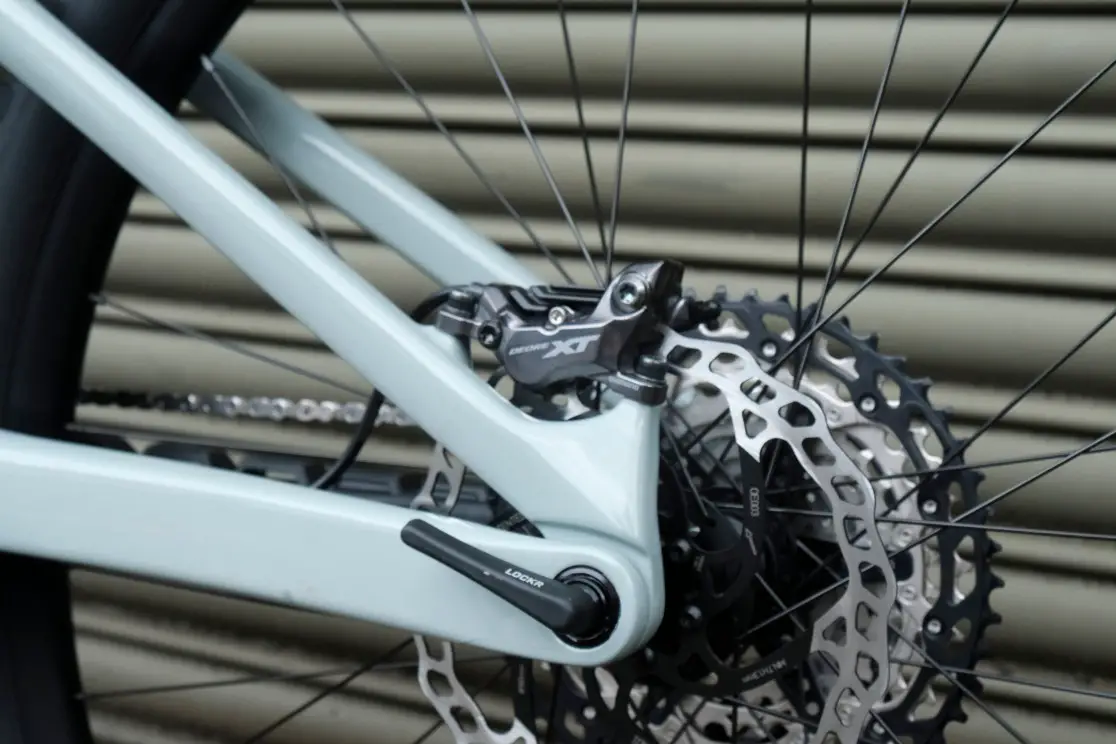
Ultimately though, we would strognly recommend getting the 420Wh Rise LT and saving up for the range extender at a later date (or getting it straight away if you’re fiscally able to). The battery life on the Rise LT is extremely impressive. Especially if you stay away from Boost mode in the ‘RS+’ setting, or at least reserve Boost for when it’s really required to get you up something cleanly.
Anyway, enough talk of what the Orbea Rise LT isn’t, or what it can’t do. What is it, and what can it do? The Rise LT is one of the most engaging and rewarding ebikes currently available. It doesn’t feel like it makes everything easy. Obviously, any power assist makes things easier but the Rise LT never makes things too easy.
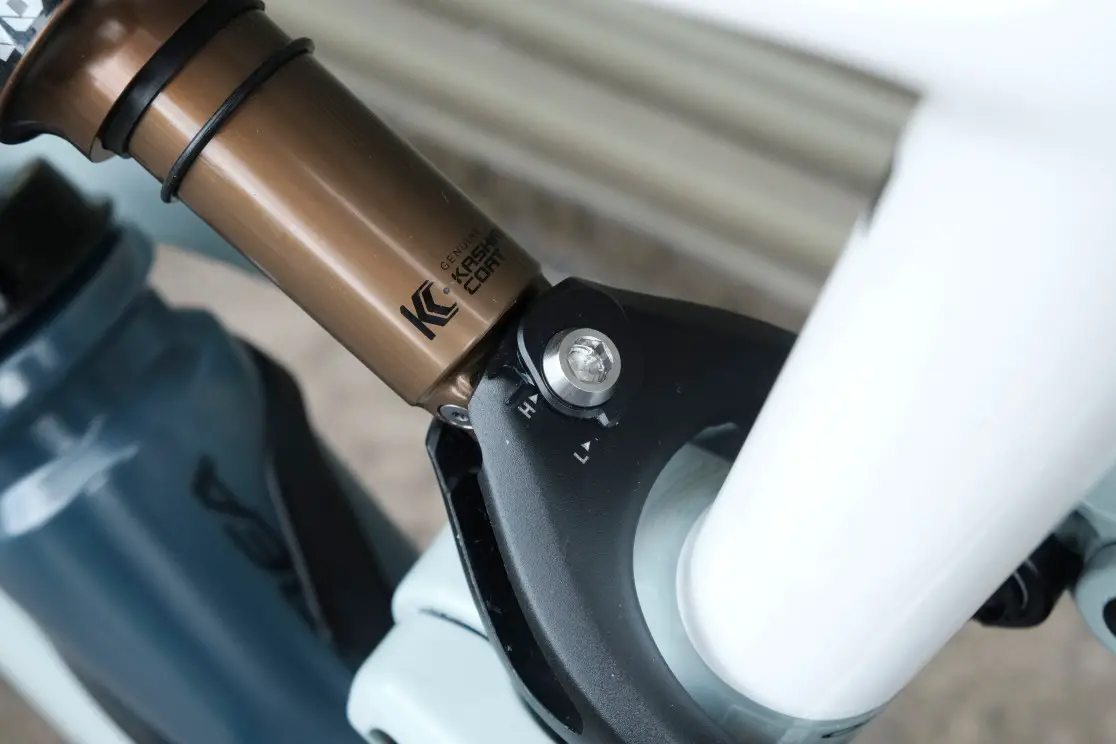
Nor, you could argue, does it makes anything overly relaxing. This is a demanding bike to ride in the sense that you very much get out of it what you put into it. You can’t be a passenger. This feels very much like a rally car. Amazing when taken by the scruff of the neck and attack attack attack. Not so happy to be pootling around green lanes.
I would say that this stiff sportiness aspect could be toned down with a few choice component changes. Some more affordable than others. Affordable: less stiff handlebars and less harsh grips, and some better damped casing tyres. Not so affordable? The new GripX damper in the Fox 36 fork feels significantly less comfy than previous 36 dampers. And, as suspected with the Occam LT, I really think this rear suspension design is good coil friendly one.
Then again, part of me thinks that it’s probably better to just accept the Rise LT on its own terms. A greyhound is not a labrador. A scalpel is not a hammer. Manchego is not cheddar. An Orbea Rise LT is not like most other ebikes. Once I’d stopped trying to force the Rise LT to be the sort of ebike that I assumed on paper it could be (ie. a full fat ebike with a dinky battery), things improved exponentially.
(Having said that, I did swap-out the low-rise super-stiff carbon handlebar for a higher rise comfier alloy bar and kept it that way!)
Overall
Ignore the 85Nm-rated motor. This ain’t no trad full fat ebike. The Rise LT really is a bike that you ride like a regular mountain bike. I’m always totally rinsed when I come back from a ride on the Rise. It doesn’t like for your heart rate to drop below 160bpm. I end up just as tired out as a normal bike. Only I’ve covered about twice the amount of ground.
Orbea Rise LT M10 Specification
- Frame // OMR Carbon, 150mm
- Shock // Fox Float X Factory, 210x55mm
- Fork // Fox 36 Float Factory 160 Grip X, 160mm
- Wheels // Oquo Mountain Control MC32TEAM
- Front tyre // Maxxis Assegai 3C MaxxGrip EXO+, 29×2.5in
- Rear tyre // Maxxis Minion DHR II 3C MaxxTerra EXO+, 29×2.4in
- Chainset // Shimano Steps EM600, 32T
- Drivetrain // Shimano SLX/XT, 10-51T
- Brakes // Shimano XT 8120, 203/180mm
- Stem // OC Mountain Control MC20
- Bars // OC Mountain Control MC10 Carbon, 800x20mm, 35mm
- Grips // Ergon GE10 Lock-on
- Seatpost // OC Mountain Control MC22, 31.6mm (Fox Transfer upgrade = £179)
- Saddle // Fizik Terra Ridon X5
- Bottom Bracket // Shimano
- Motor // Shimano EP801 RS Gen2, up to 85Nm
- Battery // Orbea 420Wh
- Size tested // XL
- Sizes available // S, M, L, XL
- Weight // 19.5kg
Geometry of our size XL
- Head angle // 64°/64.5° (Low/High)
- Effective seat angle // 77°/77.5°
- Seat tube length // 460mm
- Head tube length // 120mm
- Effective top tube // 650mm/649mm
- BB height // 34mm/26mm BB drop
- Reach // 505mm/510mm
- Chainstay // 442mm/440mm
- Wheelbase // 1,288mm/1,287mm


